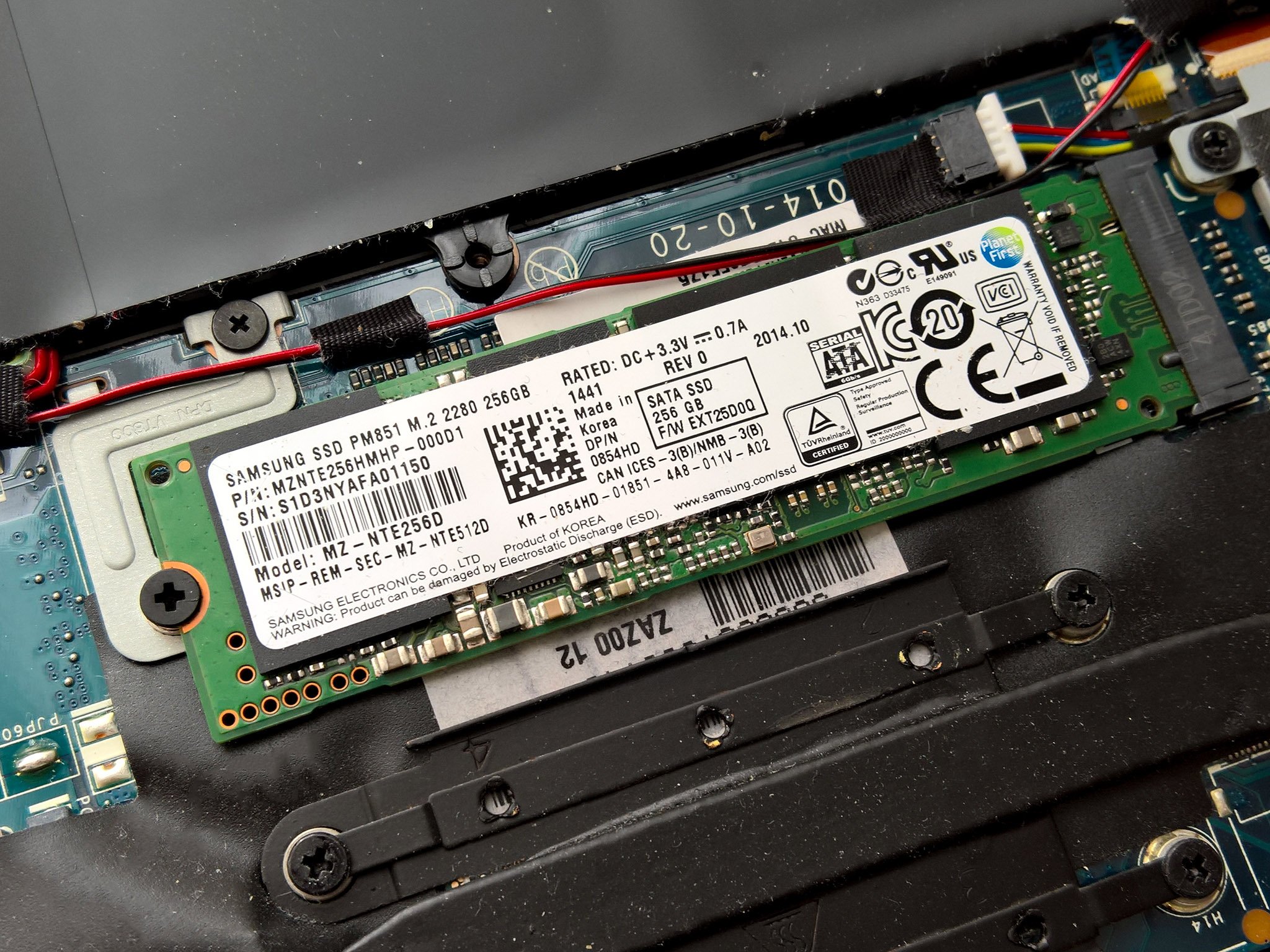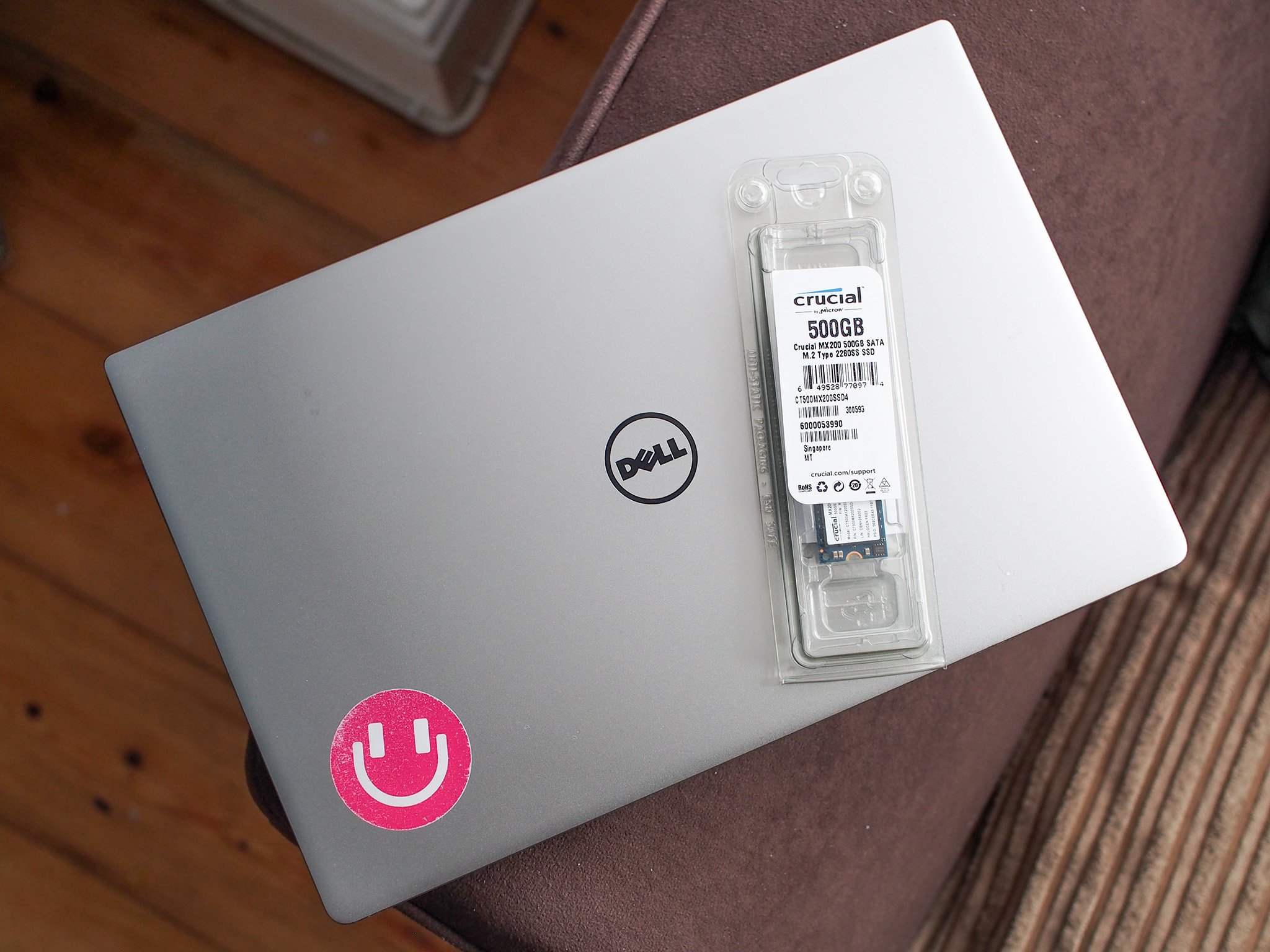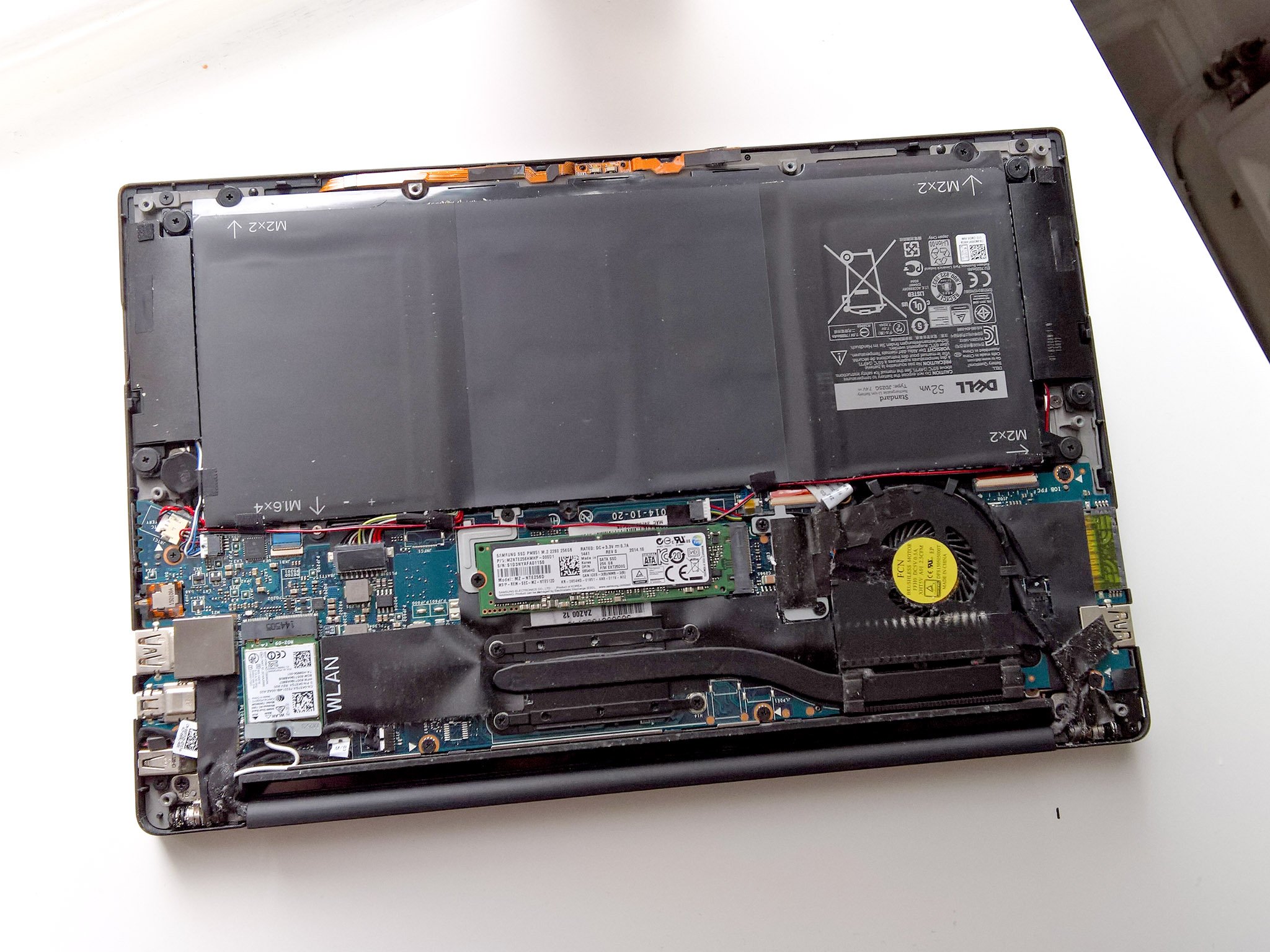Can upgrading the SSD in the Dell XPS 13 save you money?
It's a fairly simple process, so could you save some money by adding more storage yourself?

Upgrading laptops has always been more difficult than their desktop counterparts. Today's ultrabooks are the most difficult yet, with many parts becoming integrated in the pursuit of form factor. In the case of the Dell XPS 13, however, there is one upgrade you can do.
Changing out the SSD drive is a fairly simple process that requires only time and a being able to work a screwdriver. It's no secret you can usually find aftermarket parts cheaper than manufacturers would charge you for the same.
So is it worth saving money up front on the XPS 13 and adding more storage yourself?

Unfortunately, it isn't just as simple as spending less money, getting less storage and doing the job yourself. Manufacturers use the internal storage as one of the specs it will use in its price tiers, and Dell is no exception. You don't just get different SSD sizes when choosing an XPS 13, they go with other specs you may care about.
Using the U.S. Dell store as the example, this is what we're currently looking at. There are four choices you might consider upgrading the storage in:
- 128GB SSD with Core i3 and 4GB RAM ($799)
- 128GB SSD with Core i5 and 8GB RAM ($999)
- 256GB SSD with Core i5 and 8GB RAM ($1149)
- 256GB SSD with Core i7 and 8GB RAM w/ QHD+ touch display ($1699)
Using Amazon U.S. as an easy example of where to find new SSD drives, we can see that you can pick up a Samsung 250GB m.2 SSD for $99. So on any of the 128GB models you can save yourself some money by doing it yourself. Whether $50 on a laptop costing upwards of $1000 is worth it is entirely up to you.
Things are a little more interesting when you look at the top tiers. The top spec, 512GB XPS 13 also has 16GB of RAM included for its $2129 price tag. So you're doubling up on both for an extra $529. The RAM isn't upgradeable on the XPS 13, so if you're looking for 16GB you will have to stump up the cash.
All the latest news, reviews, and guides for Windows and Xbox diehards.

If, however, you just want the storage, you can definitely save a bundle. You can get a 500GB drive, again from Samsung, for $170. A massive saving if that extra 8GB of RAM doesn't matter to you.
So, what's the verdict? Should you replace it yourself? At the higher tiers, definitely. You can save a lot of money if storage is all you want without having to pay for extra bits. At the lower end, you'll save a lot on the base model if that's all you need, with things being a little closer in the middle ground.
If you do decide to give it a go, we've got a handy guide that will help you on your way.

Richard Devine is a Managing Editor at Windows Central with over a decade of experience. A former Project Manager and long-term tech addict, he joined Mobile Nations in 2011 and has been found on Android Central and iMore as well as Windows Central. Currently, you'll find him steering the site's coverage of all manner of PC hardware and reviews. Find him on Mastodon at mstdn.social/@richdevine
